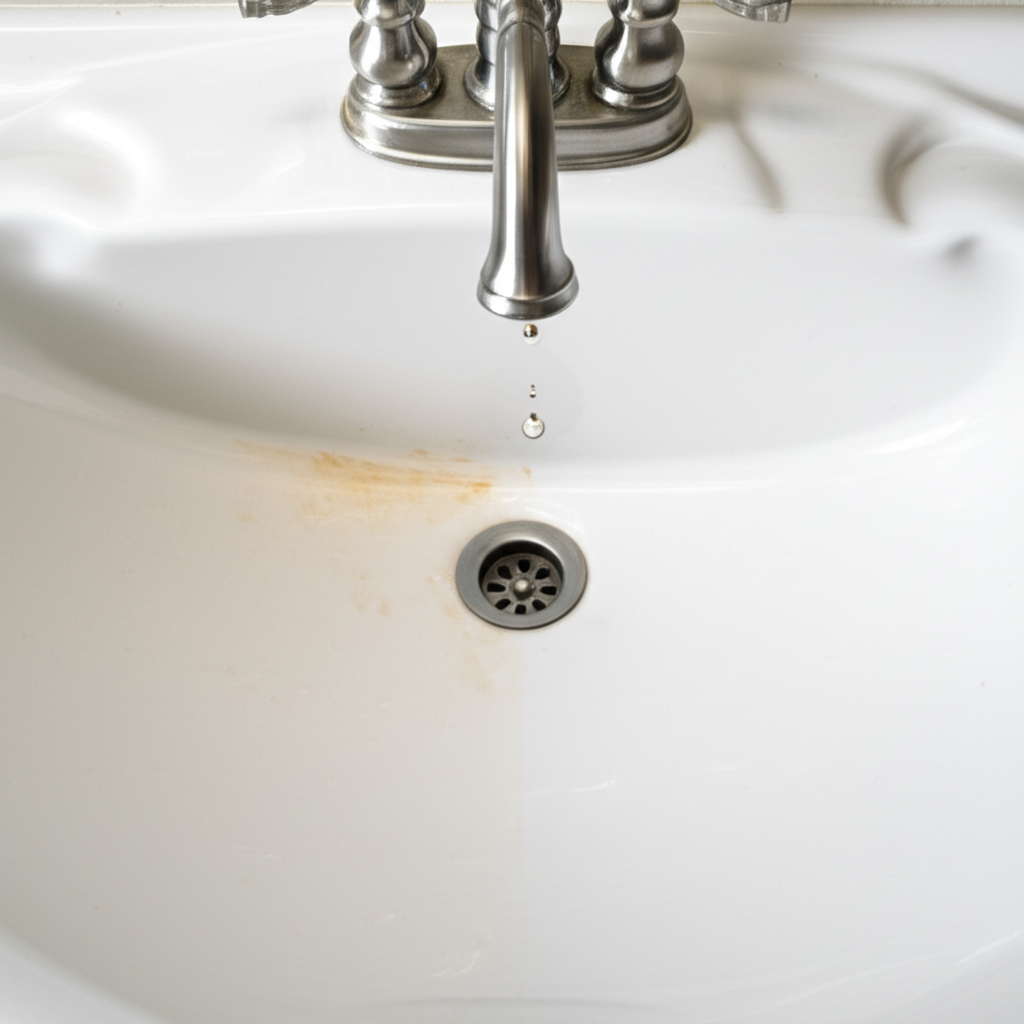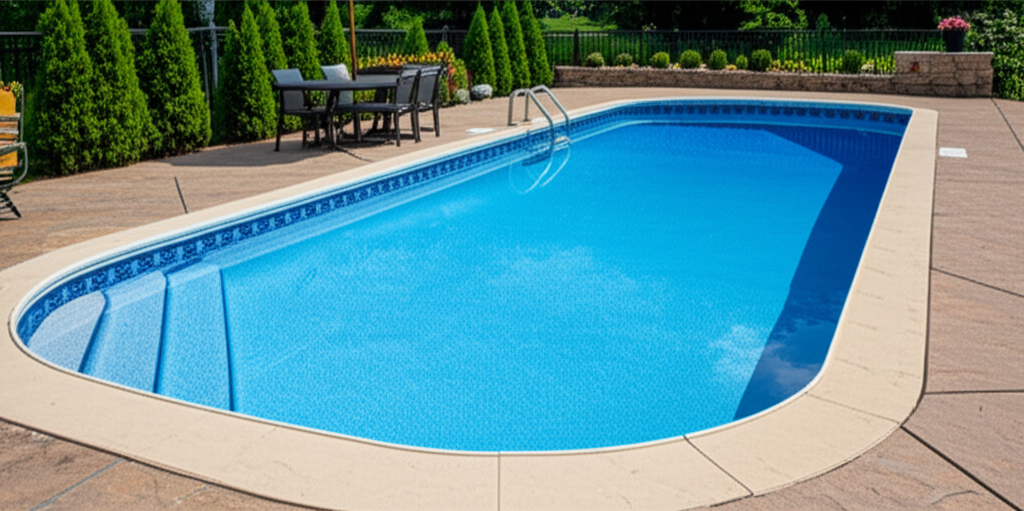- The Culprit: When Metals Go Rogue, We Need a Metal Out Solution
- How Metal Sequestrants Work Their Magic
- Applications and Benefits of Metal Sequestrant
- Choosing and Using the Right Metal Sequestrant
- Beyond Stains: Additional Advantages
Metal Sequestrant is your secret weapon in the tireless battle against unsightly and stubborn stains. From pristine swimming pools to sparkling clean laundry and spotless household surfaces, understanding and utilizing a metal sequestrant is key to achieving ultimate stain prevention. These powerful chemical compounds are specifically designed to neutralize the staining potential of dissolved metallic ions in water, ensuring your environments remain pristine and blemish-free.
The presence of dissolved metals in water is a far more common problem than many realize. Water, being a universal solvent, picks up various minerals and metals as it travels through pipes, soil, and source rock. Common culprits include iron, copper, manganese, and even calcium. While some of these might sound innocuous, their interaction with common disinfectants like chlorine or even changes in water chemistry (pH, temperature) can lead to oxidation and precipitation. This is when the dissolved metals transform into visible, solid particles that stubbornly adhere to surfaces, creating those frustrating rust-colored, blue-green, or brownish stains that seem impossible to remove.
The Culprit: When Metals Go Rogue, We Need a Metal Out Solution
Imagine rusty pipes leaching iron into your well water, or copper pipes subtly corroding, releasing copper ions into your household supply. In swimming pools, metals can enter from source water, corroding heating elements, or even from improper use of algaecides containing copper. Once these metals are dissolved in the water, they are invisible. However, when exposed to oxidizing agents—chlorine in a pool, bleach in laundry, or even just oxygen in the air—they precipitate out of solution. This transition from dissolved to solid form is precisely when staining occurs. For instance, iron causes reddish-brown stains, while copper leads to blue-green discoloration. Manganese often results in dark brown or black spots.
This is where the concept of “Metal Out” becomes critical. It refers to the process of actively removing or, more accurately, deactivating these staining metals in water. While physical filtration can remove particulate metals, truly dissolved metal ions require a chemical solution. Ignoring this issue means you’re constantly fighting existing stains rather than preventing their formation, leading to endless cleaning cycles and potential damage to surfaces.
How Metal Sequestrants Work Their Magic
At its core, a metal sequestrant operates through a process called chelation (pronounced key-LAY-shun). Sequestrants are chelating agents, meaning they possess a molecular structure that can bind to metal ions, effectively “grabbing” and holding onto them. Think of it like a molecular claw or cage that encapsulates the metal ion. Once bound, these metal ions are no longer free to react with other chemicals (like chlorine) or to precipitate out of solution and adhere to surfaces.
Instead, the metal-sequestrant complex remains suspended in the water, allowing it to be flushed away during routine water changes or simply rendered harmless. This binding action prevents the oxidation and subsequent staining that would otherwise occur. It’s a proactive measure, stopping the stain before it even has a chance to form, making it an indispensable tool for comprehensive stain prevention.
Applications and Benefits of Metal Sequestrant
The utility of metal sequestrants spans numerous areas, each benefiting significantly from their stain-preventing capabilities:
1. Swimming Pools: This is perhaps the most common application. Pools are highly susceptible to metal staining due to large volumes of water, diverse water sources (filling from wells or municipal supplies), and the constant presence of chlorine. A metal sequestrant is essential for preventing unsightly rebar stains, copper scale on heat exchangers, and iron oxidation that can turn pool plaster yellow or brown. Regular application—especially after adding fresh water or dealing with potential metal sources—is paramount for maintaining crystal-clear water and spotless surfaces.
2. Laundry: If you have well water with high iron content, you’ve likely experienced the frustration of white clothes turning dingy yellow or developing rust spots after a wash. Adding a metal sequestrant to your laundry cycle, particularly with loads of whites or light colors, can prevent these metallic ions from impregnating fabrics, ensuring your clothes emerge bright and clean.
3. Household Plumbing and Surfaces: Hard water, rich in calcium and magnesium (which are technically metals), can lead to scale buildup in pipes and on fixtures. While not typical “stains” in the same vein as iron or copper, sequestrants can help keep these minerals suspended, reducing scale and spotting on shower doors, faucets, and sinks. For homes with well water, using a sequestrant in general cleaning can prevent iron and manganese stains on toilet bowls, bathtubs, and showers.
4. Industrial and Commercial Settings: Beyond residential use, metal sequestrants play a critical role in various industrial processes, preventing scale and corrosion in cooling towers, boilers, and other water systems, thereby extending equipment lifespan and improving efficiency.
The overarching benefit is clear: ultimate stain prevention. This translates to less time spent scrubbing, reduced reliance on harsh stain removers, and the peace of mind that comes from consistently pristine environments.
Choosing and Using the Right Metal Sequestrant
Not all sequestrants are created equal. They vary in concentration, specific metals they target most effectively, and their longevity in water. When selecting a product, consider:
Water Type: Are you dealing with high iron, copper, or general hard water issues?
Application: Is it for a pool, laundry, or general household use?
Formulation: Some are liquid, others granular.
Concentration: Highly concentrated products offer more bang for your buck but require careful dosing.
Always follow the manufacturer’s instructions for dosage, especially for initial treatments (which are often higher to address existing dissolved metals) and subsequent maintenance doses. Regular water testing for metal levels can also help you determine the optimal amount and frequency of application. For swimming pools, it’s particularly important to use a sequestrant after adding fresh water, after shock treatments (which are oxidizing and can exacerbate staining), and during routine maintenance.
Beyond Stains: Additional Advantages
While stain prevention is the primary driver for using metal sequestrants, they offer several fringe benefits:
Improved Water Clarity: By keeping metals dissolved and suspended, sequestrants contribute to clearer, more sparkling water, especially in pools.
Extended Equipment Lifespan: Preventing metal buildup on heating elements, filters, and pump impellers mitigates corrosion and scale, prolonging the life of expensive equipment.
* Reduced Need for Aggressive Cleaning: Proactive use minimizes the need for harsh, acidic stain removers that can damage surfaces over time.
In conclusion, taking a proactive approach to water chemistry with a metal sequestrant is fundamental to achieving comprehensive stain prevention. By understanding how dissolved metals lead to unsightly discoloration and leveraging the chelating power of sequestrants, you can effectively take the “Metal Out” of your water, protecting your investments, simplifying maintenance, and ensuring your surroundings remain beautifully unblemished.



